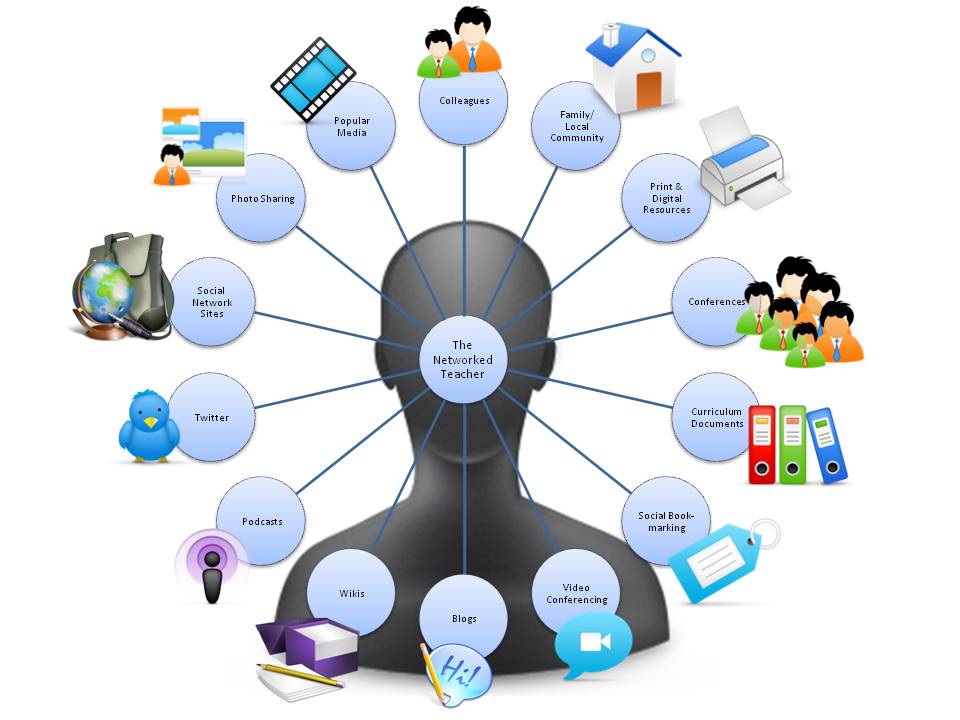 |
| OERB Website |
 |
| TIPS4RM Website |
 |
| EQAO Website |
Additional Digital Math Resources (not ministry provided) Math Toolkit
 |
| OERB Website |
 |
| TIPS4RM Website |
 |
| EQAO Website |

Tool
|
Link
|
Functionality
|
Ning
|
Host collaborative communities.
|
|
Facebook
|
Create your own page and connect with
others.
|
|
Edublogs
|
Create and search for blogs to read.
|
|
SmartExchange
|
Find smart technology lesson plans and
activities.
|
|
Classroom 2.0
|
21st century educational learning
and networking.
|
|
Delicious
|
Share webpage bookmarks.
|
|
Padlet
|
Virtual chart paper for collaboration.
|
|